
内なる宝もの
進化は、極く単純に始まって、ますます複雑になっていくと考えられがちです。
もしそうであるなら、進化の最後がもっとも完全で、もっとも複雑なものになるはずです。
しかし、本当はそうではありません。
現実には、単純から複雑へと進化し、最高の複雑さに達したとき、ふたたび単純さに向かって進化するのです。
しかし、この単純さは、はじめの単純さと同じではありません。
それまでの進化の過程のすべてを内に含んだ単純さなのです。
🍁🍁🍁
先日、2003年公開のハリウッド映画「ラスト・サムライ」を観た。
19世紀末の明治維新後の転換期、西洋の近代化を推し進めようとする日本政府と、伝統的な武士道に生きるサムライたちとの闘いが舞台。映画の構想は、1877年の西郷隆盛による西南戦争と、外国勢力による日本の西洋化にヒントを得て作られたとのこと。
主人公として登場するアメリカ軍人は、日本政府軍の訓練を指揮するために来日。しかし戦場で反政府勢力のサムライたちに囚われてしまう。彼らの集落で日々を過ごすうち、武士道に深く感銘を受け、やがて政府軍と共に戦う一人の勇敢なサムライへと成長していく。
この人物のモデルとなったのはアメリカ人ではなく、江戸幕府のフランス軍事顧問団として来日し、榎本武揚率いる旧幕府軍に参加して箱館戦争(戊辰戦争(1868年 - 1869年))を戦ったジュール・ブリュネという実在した人物。
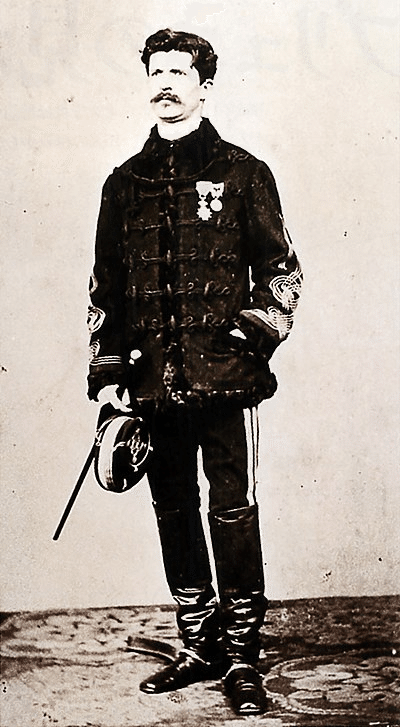
Wikipedia
脚本、制作、音楽、主演も皆アメリカ人であるため、アメリカ人の視点から見た日本の歴史観、日本人観、風土、武士道など、日本人からすれば、色々とずれがあるのは致し方ないだろう。
しかしながら映画作品として、武士道精神を見つめ、そこに高尚さや美意識を見出そうとした視点は、当時のアメリカ映画としては画期的。日本の伝統文化への関心を集める、ひとつのきっかけともなった。
主演のトム・クルーズ氏や渡辺謙氏、今世界中で大ヒット中のハリウッド・ドラマ『SHOGUN 将軍』主演の真田広之氏をはじめ、セリフを極力排除しても尚かつ豊かな表現力を発揮する多くの日本人キャスト達の演技が印象的だった。受賞歴こそないが、2004年興行収入ランキング一位であり、20年以上経った今でも海外の日本ブームに押されて、この映画と音楽に対する注目度は依然として高いものがある。
The beauty of The Last Samouraï
Neolight
この映画のテーマは「武士道精神」。
現代社会の中に生きる私たち日本人にとって、伝統精神としての武士道というものを顧みる機会は少ない。しかし海外から見た視点に接すると、妙に親しげなものに感じ、新たな気づきも生まれる。
映画の中で渡辺謙氏が演じる不平士族の領袖「勝元」が言う。
『人も桜も
いつか散る
吐息のひとつにも
一杯の茶にも
一人の敵にも生命がある
それが侍の生き様
それが❝武士道❞だ』
サムライたちは、どこまでも内なる真実を追求した人だったのだろう。
松下政経塾HPで、教育活動家杉本哲也氏は、日本人の伝統精神について次のように述べている。
多くの人と「日本の伝統精神とは何か」という議論をすると、様々な答えが返ってくる。私が、直に聴いた答えのうち最も多かったものは「武士道精神」である。新渡戸稲造の『武士道』の「武士道の源はどこにあるか」によれば、「仏教は武士道に運命を穏やかに受け入れ、運命に静かに従う心をあたえる。具体的にいうならそれは危機や惨禍に際して、常に心を平静に保つことであり、生に執着せじ、死と親しむことであった。」ということである。また「仏教が武士道にあたえられなかったものは、日本古来の神道がそれを十分に補った。他のいかなる宗教から教わらないような、主君に対する忠誠、祖先に対する尊敬、親に対する孝心などの考え方は、神道の教義によって武士道へ伝えられた。」、「武士道は、道徳的な教義に関しては、孔子の教えがもっとも豊かな源泉となった。(中略)冷静で穏和な、しかも世故に長けた孔子の政治道徳の教えは、支配階級のサムライにとってはとりわけふさわしいものであった。孔子の貴族的で保守的な教訓は、武士階級の要求に著しく適合したのだった。」とあるように、武士道はいわば、仏教、儒教、神道の影響を受けて形成されているものである。
しかしながら、武士が現れたのは平安時代末期であり、武士道精神は封建制の中で涵養されていったということなので、我が国の悠久の歴史を振り返ってみると、武士道は比較的新しい精神なのではないだろうか。
薪を背負って読書をし、数々の村を復興させたことで有名な二宮尊徳の道歌を思い出した。
古道に積もる木の葉を掻き分けて天照す神のあし跡を見む
古道は、我が国古来の神道のことを指しており、積もる木の葉は、仏教や儒学(儒教)のことを指している。つまり儒学や仏教の教えもいいが、そうした木の葉を掻き分けて、その底に見えなくなっている我が国古来の真の神道を見出すことが大事だということである。ひょっとすると、我が国の伝統精神とは、神道にあるではないか。
上記引用文の中で、新渡戸稲造氏の言葉として「危機や惨禍に際して、常に心を平静に保つこと」という精神は、現代でも自然災害が起きた時などに、現地の人々の行動の中にしっかり見て取れる。
海外ではよく目にする略奪や犯罪、暴動も起きず、冷静に対応する日本人の姿は、外国人からすれば、あまりにも高潔な態度に見えるようだ。
日本人の気質としてよく言われるのは、真面目、謙虚、勤勉、協調性、忍耐力、他者を尊重する、等々。確かにそれは、多くの日本人の中に見出すことができる。
話しは飛ぶが、若い頃に長期間過ごしたインドの探求施設アシュラムは、世界60か国以上から数千人の探求者が集うというユニークな所だった。
この施設の運営は、デスクワークから、瞑想やヒーリングワークのレッスン、施術、レストランの調理、野菜の栽培、施設の清掃に至るまで、ほとんどすべてが、滞在者の自主的なボランティア活動によって支えられていた。唯一地元の外部業者に委託していたのが、ヒーリングワークで使用するシーツの洗濯とアイロンがけのみだった。
施設には数十人の日本人も滞在していた。ボランティア活動をしている人も多く、愚生もヒーリングワークのセッションや、ヒーリングルームのコーディネーター、施設内の清掃、草刈りなどの活動に参加した。
日本人として日本国内で様々な活動をしている時には、なかなか気づくことはないが、こうした多国籍の人間が集まるという特殊な状況下では、日本人の特異性が特に際立った。
最も印象的だったのは、日本人のヒーリングワークというものが、とても繊細なエネルギーと丁寧な施術、落ち着いた雰囲気、そして強力な癒しの効果があるということで、西洋人にとても人気があったことだ。
あまり日本では注目されていない資質だが、日本人の「手の平」の繊細さは格別なものがある。特に日本人女性の手は、心身の癒やしを超え、受け手の内奥まで響く、きめ細やかなエネルギーに満ちている。
小さい頃、体を痛めた時は、よく母親に、
「ちちんぷいぷい、痛いの痛いの、飛んでけ~」
と言いながら、擦ってもたったのは誰もが経験していることだと思う。
「ちちんぷいぷい」とは「ちちんぷいぷい 御代の御宝」の略。実際に痛みを和らげる効果があることが、医学的にも証明されている。これは日本人女性ならではの天性のヒーリングエネルギーの賜物だと思う。
インドのアシュラムでは、清掃をするにしても、日本人は行き届いた作業をした。日本人が清掃した後の部屋は、いつも波動が高くなるという評判が立つほど喜ばれた。
また施設には、無国籍料理やイタリアンの店などがあったが、週に一、二度オープンした日本人スタッフによる日本食レストランは、間違いなくいつも大行列ができるほど盛況だった。
日本人の気質には、真面目さ、謙虚、忍耐力、勤勉さ、協調性といった特徴だけでは説明しきれない奥深さが潜んでいるのではないかと感じる。
それが武士道や仏教、儒教、そして神道という伝統によって培われたという説は、確かになるほどと思う部分はあるものの、更にもう少し踏み込める余地が残されているとも思う。
「ラスト・サムライ」という映画から浮かび上がってくるテーマを見つめていくうち、日本人の美徳とも言える気質が、伝統から培われた精神的支柱から生まれたものだとするならば、その支柱が立つ「土台」となるものは、日本人独自の心の「純真さ」ではないかと感じた。
この「純真さ」がいったいどこに由来しているのかというテーマはあまりにも深遠だ。
以前の記事にも書いたことだが、日本人は、25%の縄文人のDNAを持つクォーターだという科学的事実が判明している。縄文人は、1万年以上という長期にわたって、戦争のない平和な時代を生きた。その縄文人の遺伝子が、現代日本人の「純真さ」に影響を及ぼしていると考えるのは、至極自然なことではないだろうか。
西洋の近代化を推し進めるため、日本政府がサムライを駆逐していった明治維新からおよそ150年。
激動の時代の背後には、アジアの強国日本を支配下に治めることを目論む西欧列強の存在が常にあった。彼らは第二次世界大戦に日本を巻き込めば、その野望が実現すると確信していた。日本軍がハワイ真珠湾攻撃を仕掛けた時、当時のアメリカとイギリスの首脳は電話会談し、そこで二人は笑い合ったという。しかし戦後79年経った今、西洋の覇権主義は行き詰まりに直面し、歴史的な転換期を迎えている。
今日本を訪れる外国人旅行者の中には、単なる観光目的でなく、日本人の精神性に惹かれ訪れるという人も多い。高野山の禅寺で座禅を組むのは、ほとんどが西洋人だという。また日本では、自国でほとんど経験したことがないような親切心や優しさに触れ、深い感銘を受けている。彼らは西洋文明の限界を知り、日本の伝統文化と精神性を学ぶことで、自分の内に心の拠り所を見出そうとしている。
20世紀後半、探求者はインドに向かった。
今では、日本を目指すようになった。
何であれ、自分の外側にあるものに寄りかかれば倒れ、自分の中心にあるものに重点を置くならば、定まる。
私たちにとって自分自身の内なる「純真さ」ほど、この地球上に生きる上で、最強のアイデンティティ、最高の宝ものは他にない。
それはまさに「御代の御宝」の真髄。
サムライたちにとっての「剣」とは、自らの不必要なものを斬り捨て、人間の真実を探求してきた日本古来の伝統精神の象徴であり、彼らはその名誉と美しさを後世に残そうとしていたのではないかと思う。

A Way of Life
Hans Zimmer
お疲れ様です
いつもありがとうございます
追記
大分県中津市 耶馬渓の紅葉
今年は残暑が長引いた影響で、紅葉の色づきがよくない。先日、九州でも有名な紅葉の名所のひとつ、大分県中津市の耶馬渓へ出かけてみたが、ここでも色づかないうちに枯れている木を多く見かけた。気候変動の影響がこうしたところにも現れるということを実感する。あちこち回って見つけた紅葉を撮ったので、ここに残しておきたい。











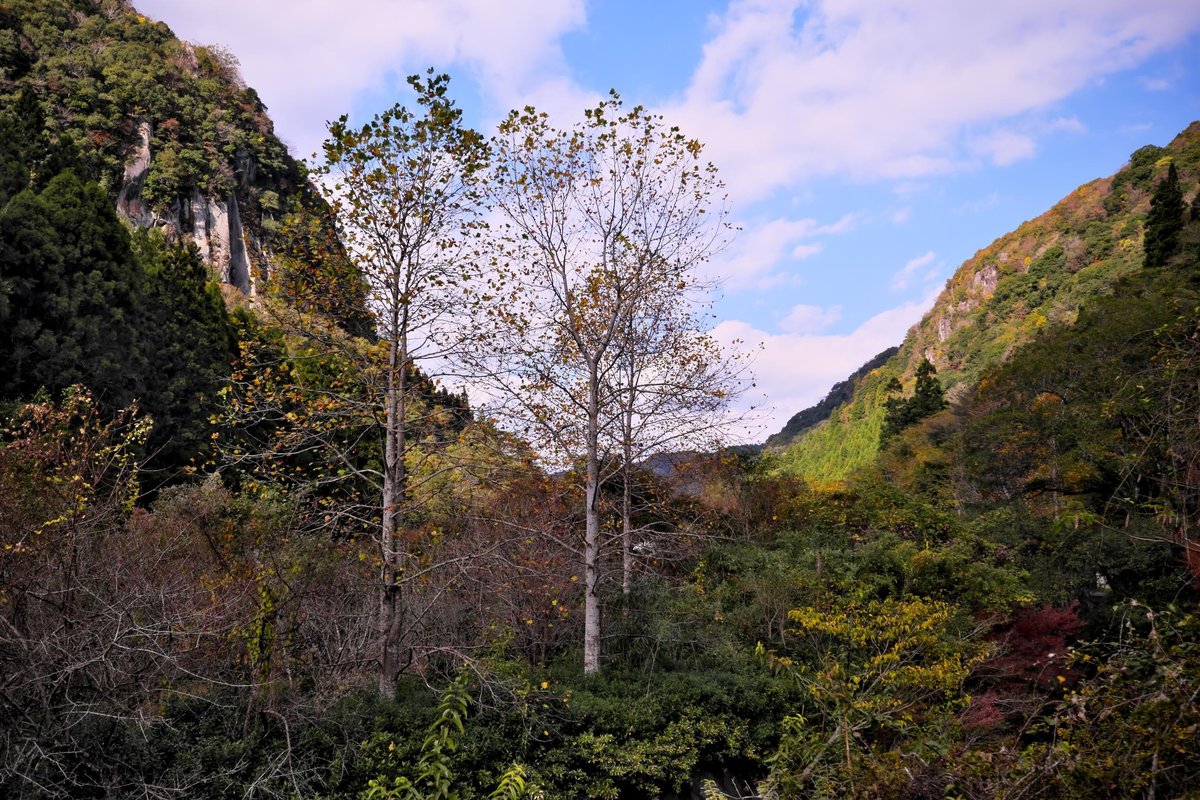


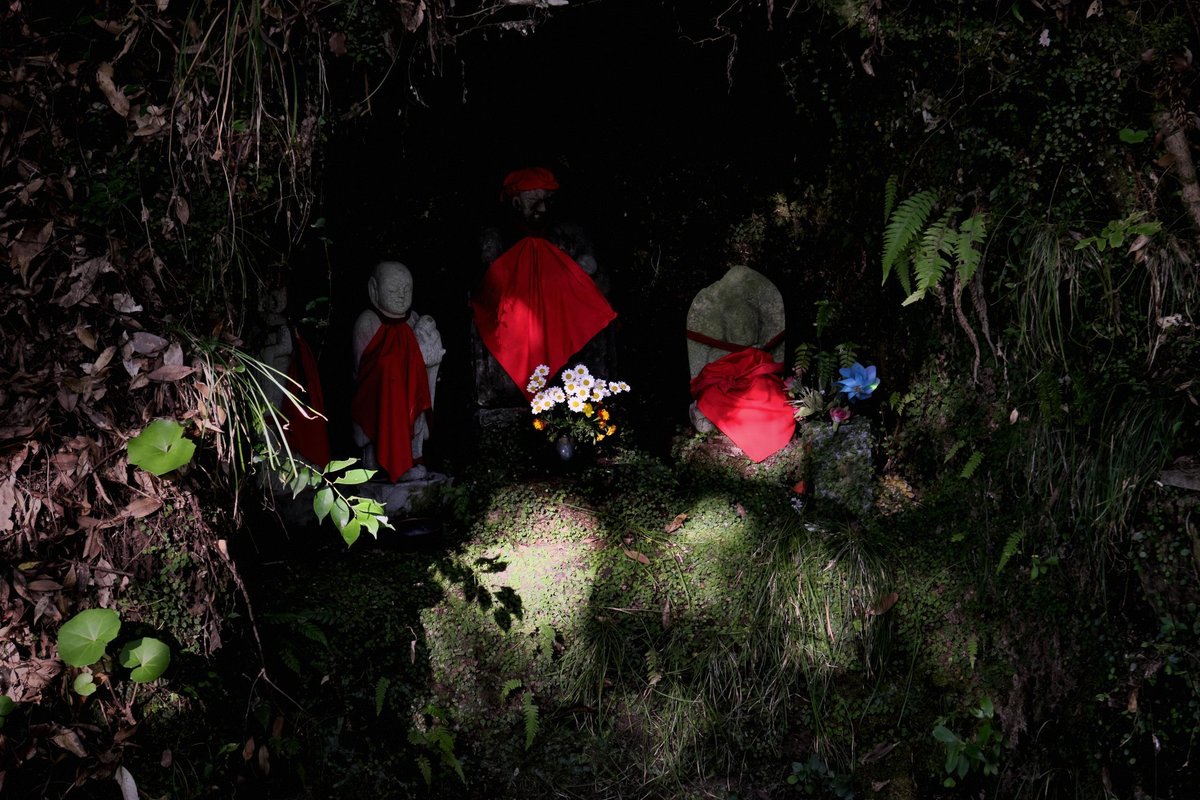









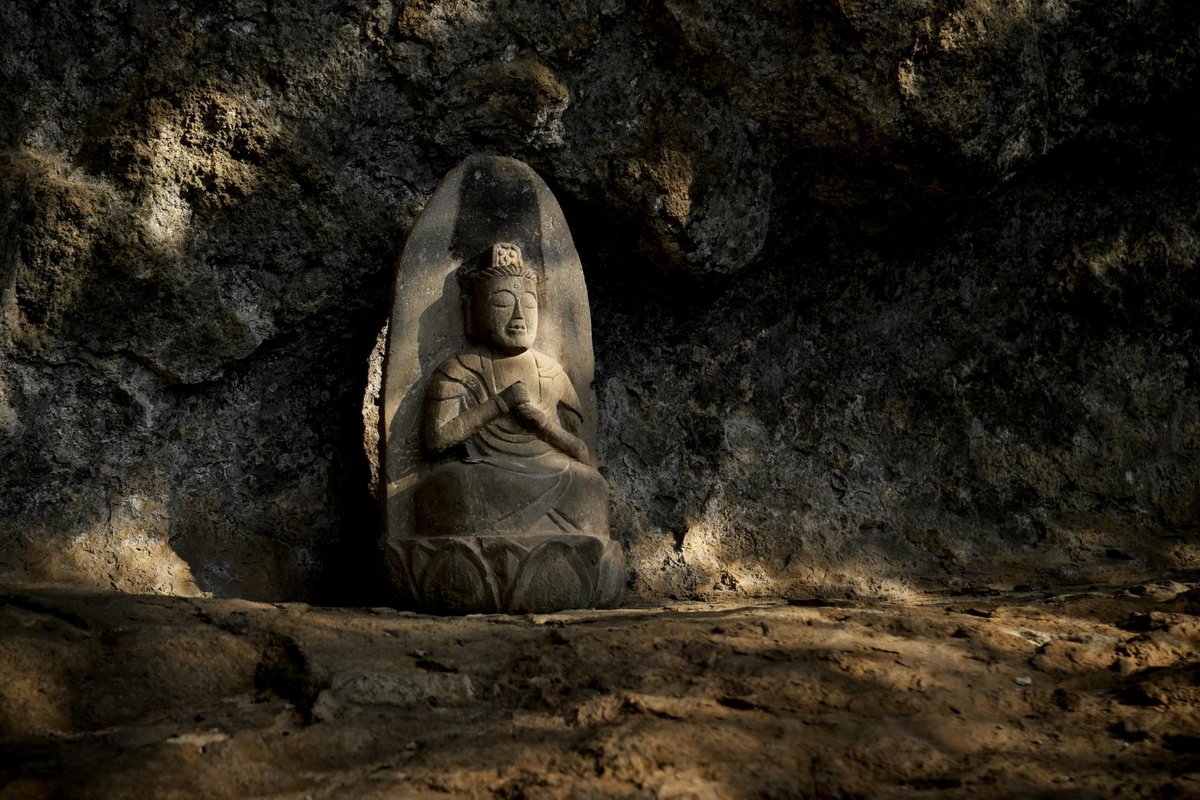











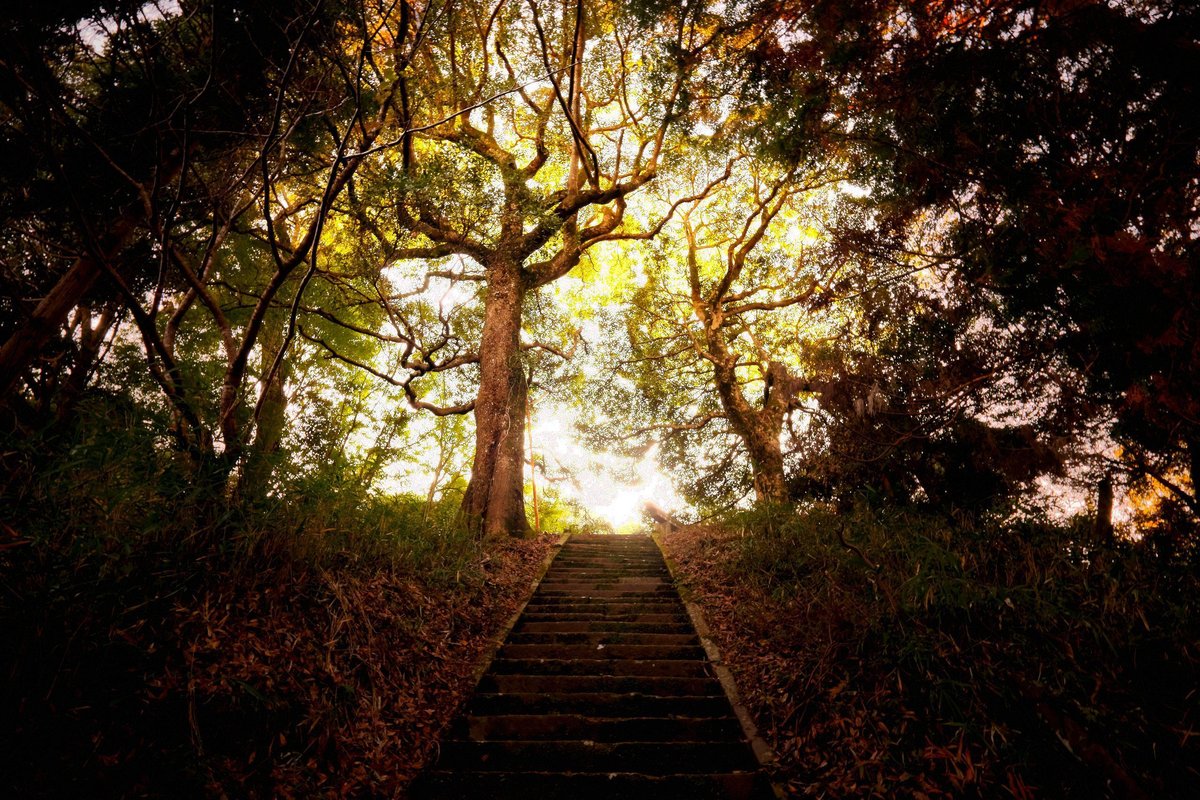


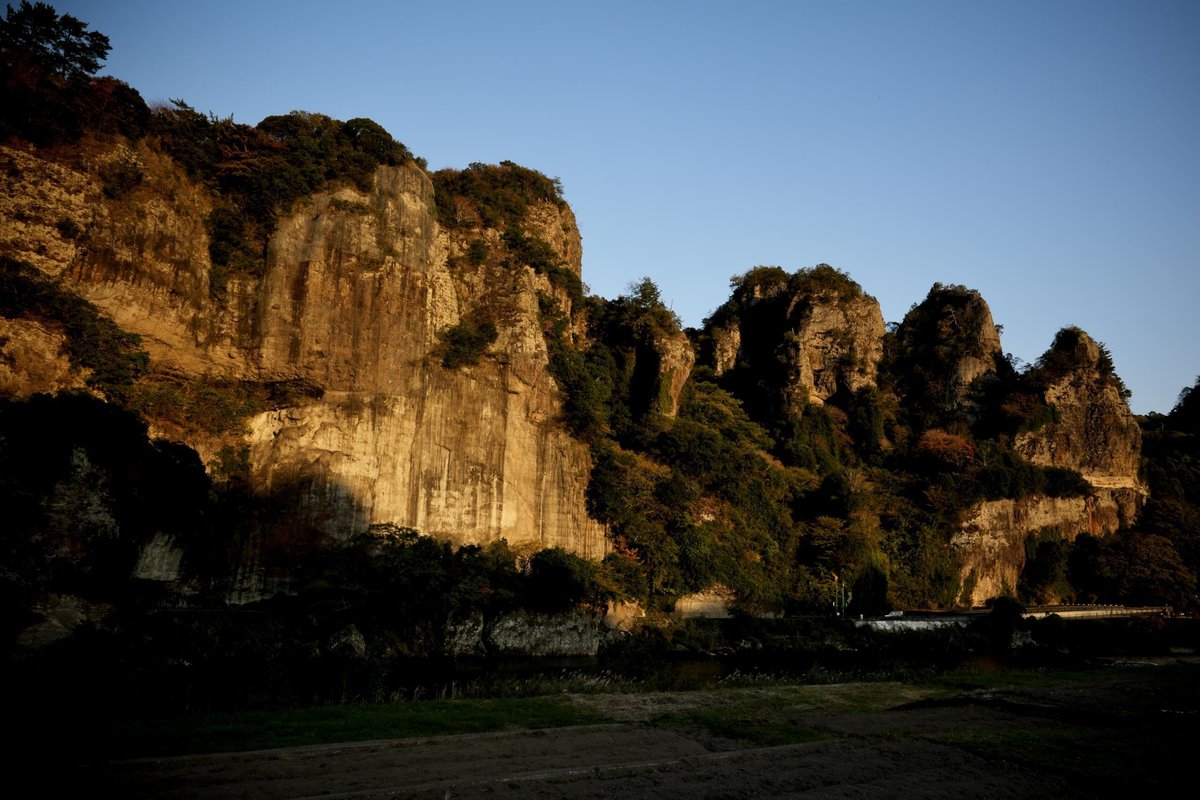


Inner treasure
I use Google Translate
November 22, 2024 18:10
It is often thought that evolution starts out very simply and becomes more and more complex.
If this were the case, then the end of evolution should be the most perfect and complex thing.
However, this is not actually the case.
In reality, we evolve from simplicity to complexity, and when we reach the highest level of complexity, we evolve again towards simplicity.
However, this simplicity is not the same as the beginning simplicity.
It is a simplicity that contains all of the evolutionary processes that have taken place up to that point.
The other day, I watched the Hollywood movie "The Last Samurai" released in 2003.
The story is set in the transitional period after the Meiji Restoration at the end of the 19th century, where the Japanese government is trying to promote Western modernization, and the samurai who live by traditional bushido struggle. The concept of the movie was inspired by the 1877 Satsuma Rebellion led by Saigo Takamori and the Westernization of Japan by foreign powers.
The protagonist, an American soldier, comes to Japan to supervise the training of the Japanese government army. However, he is captured by anti-government samurai on the battlefield. As he spends his days in their village, he is deeply impressed by bushido and grows into a brave samurai who fights alongside the government army. The model for this character is not an American, but a real person named Jules Brunet, who came to Japan as a French military advisor to the Edo Shogunate and joined the former Shogunate army led by Enomoto Takeaki in the Hakodate War (Boshin War (1868-1869)) .
The screenplay, production, music, and starring are all American, so from a Japanese perspective, it shows a lot of things that are different from an American perspective, such as Japanese history, Japanese people, culture, and bushido.Misalignment...It is inevitable that there will be some criticism.
However, as a film, the perspective of looking at the samurai spirit and trying to find nobility and aesthetic sense in it was groundbreaking for American films at the time. It also became a catalyst for attracting interest in traditional Japanese culture. The performances of the many Japanese cast members, including leading actors Tom Cruise and Ken Watanabe, and Hiroyuki Sanada, who stars in the Hollywood drama " Shogun ," which is currently a huge hit around the world, were impressive, as they displayed a rich sense of expression even with as few lines as possible. Although it has not won any awards, it was ranked number one in the box office revenue rankings in 2004, and even now, more than 20 years later, due to the Japan boom overseas, the film and music are still attracting a lot of attention.
The theme of this movie is "Bushido spirit."
As Japanese people living in modern society, we rarely have the opportunity to reflect on Bushido as a traditional spirit. However, when we come into contact with it from an overseas perspective, it feels strangely familiar and gives rise to new realizations.
In the film, Katsumoto, the leader of a group of disgruntled samurai played by Ken Watanabe, says:
"People and cherry blossoms
will one day fall, and there is life in a single breath,
a cup of tea, and an enemy.
That is the way of life of a samurai,
that is 'Bushido'."
Samurai must have been people who endlessly pursued their inner truth.
On the Matsushita Institute of Government and Management website, education activist Tetsuya Sugimoto states the following about the traditional Japanese spirit:
When you discuss with many people the question, "What is the traditional spirit of Japan?", you get a variety of answers. The most common answer I have heard directly is "the spirit of Bushido." According to the section "Where does the origin of Bushido lie?" in Nitobe Inazo's Bushido, "Buddhism gives Bushido the ability to calmly accept fate and to quietly submit to it. To be more specific, this means always keeping a calm mind in the face of crisis or disaster, not clinging to life, and becoming familiar with death." Also, "What Buddhism could not give to Bushido, Japan's ancient Shintoism made up for it. Ideas such as loyalty to one's lord, respect for one's ancestors, and filial piety to one's parents, which cannot be learned from any other religion, were conveyed to Bushido through the doctrines of Shintoism." "When it comes to moral doctrine, the teachings of Confucius were the richest source for Bushido. (Omitted) The teachings of Confucius on political morality, calm and gentle, yet well versed in worldly matters, were particularly suited to the ruling class of samurai. Confucius's aristocratic and conservative teachings were extremely suited to the demands of the samurai class." As such, Bushido was formed under the influence of Buddhism, Confucianism, and Shintoism. However
, samurai appeared at the end of the Heian period, and the spirit of Bushido was cultivated within the feudal system, so looking back at the long history of our country, Bushido is probably a relatively new spirit. I
was reminded of the Doka of Ninomiya Sontoku, who is famous for reading books while carrying firewood on his back and restoring many villages. The
old road where we push aside the leaves that have piled up on it to look for the footprints of the goddess Amaterasu refers to our country's ancient Shinto, and the piled up leaves refer to Buddhism and Confucianism. In other words, the teachings of Confucianism and Buddhism are good, but it is important to push aside the leaves and find our country's ancient true Shinto that is hidden beneath them. Perhaps the traditional spirit of our country is found in Shinto.
In the above quote, Nitobe Inazo is quoted as saying, "In the face of crisis or disaster, always maintain a calm mind." This spirit can still be seen today in the behavior of local people when natural disasters occur.
There has been no looting, crime, or riots, which are common overseas, and the Japanese people's calm response appears to foreigners to be extremely noble.
The Japanese temperament is often said to be serious, humble, diligent, cooperative, patient, respectful of others, etc. These traits can certainly be found in many Japanese people.
Going back a little further, the ashram, a spiritual practice facility in India where I spent a long time in my youth, was a unique place where thousands of spiritual seekers from over 60 countries around the world gathered. Almost
everything at the facility, from desk work to meditation and healing work lessons, treatments, cooking at the restaurant, growing vegetables, and cleaning the facility, was supported by the voluntary activities of the residents. The only thing that was outsourced to a local outside company was the washing and ironing of the sheets used in the healing work. There were also
dozens of Japanese people staying at the facility. Many of them were volunteering, and I also participated in healing work sessions, coordinating the healing room, cleaning the facility, mowing the grass, and other activities.
As a Japanese person doing various activities in Japan, it is difficult to notice this, but in this special situation where people from various countries gather, the uniqueness of Japanese people was particularly noticeable.
What was most impressive was that Japanese healing work is extremely popular among Westerners, due to its delicate energy, careful treatment, calming atmosphere, and powerful healing effects. Although it is a quality that does not receive much attention in Japan, the delicacy of the Japanese palms is exceptional. Japanese women's hands in particular are filled with a delicate energy that goes beyond healing the body and mind and resonates deep within the recipient.
When we hurt ourselves as children, we often rubbed our bodies and said to our mothers,
"Chichin puipui, it hurts, go away!"
I think we've all had that experience.
"Chichin puipui" is the Japanese word for
"chichin puipui "Reign5 of Treasure From Ontakara". It has been medically proven that it actually has the effect of relieving pain. I think this is the gift of the natural healing energy that is unique to Japanese women.
At the Indian ashram, the Japanese did a thorough job even when cleaning. The rooms after being cleaned by the Japanese were so well received that they were said to have a higher vibration.
The facility also had restaurants serving international cuisine and Italian food, but the Japanese restaurant that opened once or twice a week and was run by Japanese staff was always so popular that there was always a long line.
I feel that there is a depth hidden in the Japanese temperament that cannot be explained by characteristics such as seriousness, humility, patience, hard work, and cooperation.
The theory that this was cultivated by the traditions of Bushido, Buddhism, Confucianism, and Shinto is certainly true, but I also think that there is room to go a little further.
While looking at the themes emerging from the film "The Last Samurai," I felt that if the Japanese character, which could be called a virtue, was born from the spiritual pillars cultivated by tradition, then the "foundation" on which those pillars stand must be the "innocence" of the Japanese heart.
The question of where this "innocence" comes from is extremely profound.
As I wrote in a previous article, it has been scientifically proven that Japanese people are a quarter of the Jomon people, with 25% of their DNA coming from the Jomon people. The Jomon people lived in a peaceful era without war for a long period of more than 10,000 years. Isn't it only natural to think that the genes of the Jomon people have influenced the "innocence" of modern Japanese people?
It has been about 150 years since the Meiji Restoration, when the Japanese government expelled the samurai in order to promote the modernization of the West.
Behind this turbulent era were the Western powers, who were always plotting to rule over the powerful Asian nation of Japan. They were convinced that their ambitions would be realized if they involved Japan in World War II. When the Japanese military launched an attack on Pearl Harbor in Hawaii, the leaders of the United States and Britain at the time had a telephone conversation, during which they laughed. However, 79 years after the war, Western hegemony has reached a dead end and is at a historic turning point.
Many foreign tourists who visit Japan today are not simply visiting for sightseeing purposes, but are drawn to the spirituality of the Japanese people. It is said that most of the people who sit in meditation at the Zen temples of Mount Koya are Westerners. They are also deeply impressed by the kindness and gentleness they experience in Japan, something they have rarely experienced in their own country. By learning about the limitations of Western civilization and studying Japan's traditional culture and spirituality, they are trying to find a place of spiritual anchorage within themselves.
In the second half of the 20th century, seekers headed for India.
Now they are heading for Japan.
Whatever it may be, if you lean on something outside of yourself you will fall, but if you focus on what is at your core you will be stable.
For us, there is no stronger identity, no greater treasure in life on this earth, than our own inner "innocence."
It is truly "Reign5 of Treasure From. "
For the samurai, the sword was a symbol of the ancient Japanese traditional spirit of cutting off what was unnecessary and seeking the truth of humanity, and I believe they were trying to leave that honor and beauty for future generations .
Thank you for your hard work.
Thank you as always.
いいなと思ったら応援しよう!

